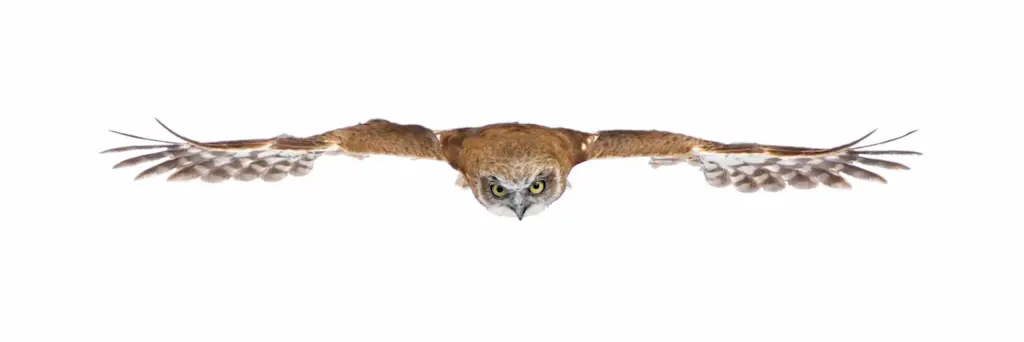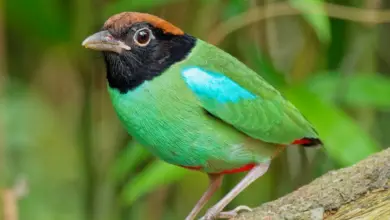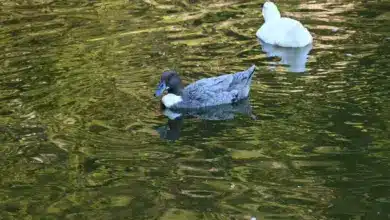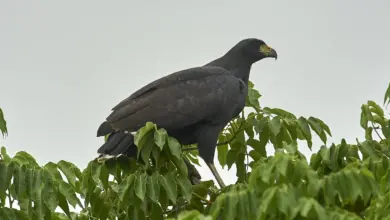New Zealand Birds Of Prey
New Zealand Birds Of Prey: A Comprehensive Guide
New Zealand Birds of Prey: Raptors
Nankeen or Australian Kestrels (Falco cenchroides) – Range: Irregular visitor to New Zealand
Swamp or Australasian Harrier (Circus approximans) – Native daytime hunter
The New Zealand Falcon or Kārearea (Falco novaeseelandiae)
Habitat and Description
The New Zealand Falcon, or Kārearea, is a bird of significant cultural importance. It inhabits various landscapes, including forests, plains, and mountains. This bird is known for its incredible speed and agility in flight.
Diet and Hunting
Primarily a predator of other birds and small mammals, the Kārearea is an adept hunter, known for its fierce and territorial nature.
Mating and Conservation
Kārearea are monogamous and known for their impressive aerial displays during courtship. They are currently classified as ‘At Risk’, primarily due to habitat loss and predation.
Call
The call of the Kārearea is a distinctive and loud “kek-kek-kek”, often heard during their territorial flights.
New Zealand Birds of Prey: Owls
Southern Boobook / Owl (Ninox novaeseelandiae), also called the mopoke or morepork – Native nocturnal (nightime) hunting Owl
German or Little Owl (Athene noctua) – Introduced species. Common in parts of the South Island.
The Morepork Owl Or Ruru (Ninox novaeseelandiae)

Habitat and Appearance
The Morepork, or Ruru, is New Zealand’s only native owl, distinguished by its large, yellow eyes. It prefers dense, forested areas.
Nocturnal Behavior and Diet
As a nocturnal bird, the Morepork is elusive, feeding on insects, small mammals, and other birds under the cover of darkness.
Mating and Status
These owls tend to be solitary except during mating season. They are currently not considered endangered, but they are affected by habitat loss and introduced predators.
Call
The Morepork has a distinctive call that resembles the sound “more-pork”, which is often heard in the still of the night.

Extinct New Zealand Birds of Prey
Eyles’ Harrier (Circus eylesi)
Eyles’ Harrier (Circus eylesi) – Range: Large native bird of prey. Now extinct
The Eyles’ Harrier, scientifically named Circus eylesi, was a bird of prey that once inhabited New Zealand. Though it is now sadly extinct, it played a significant role in the ecology of its environment during its existence.
Description
The Eyles’ Harrier was a large bird, larger than the living Swamp Harrier, which is currently the largest harrier species in New Zealand. It had long wings and legs, suggesting an adaptation for hunting in the dense forests and brushlands of New Zealand. Its plumage details, however, remain largely speculative due to the lack of complete fossil records.
Calls
Information about the calls of the Eyles’ Harrier is not available. Since no living or recorded specimens exist, any description of their vocalizations would be purely speculative. Typically, harriers are known for their distinctive calls during mating and territorial displays, but the exact nature of Eyles’ Harrier’s call remains unknown.
Breeding
There is little to no concrete information regarding the breeding habits of the Eyles’ Harrier. Like other harrier species, it may have been monogamous and used nests built on the ground or in low vegetation. However, without direct observations or fossil evidence, details of its breeding behavior and cycles can only be hypothesized.
Habitat
The Eyles’ Harrier was believed to have inhabited various environments across New Zealand, including forests, open woodlands, and possibly shrublands. It was likely a versatile hunter, capable of navigating through dense vegetation as well as open spaces.
Extinction
The exact time of the Eyles’ Harrier’s extinction is not precisely known, but it is believed to have occurred after the arrival of humans in New Zealand. Factors contributing to its extinction likely included habitat loss due to human settlement and deforestation, along with hunting and the introduction of predatory mammals such as dogs and cats. The extinction of its prey species, particularly the various New Zealand megafauna, would also have played a significant role.
Conclusion
The Eyles’ Harrier serves as a reminder of the fragility of ecosystems and the impact of human activities on wildlife. While we cannot bring back this majestic bird, studying its history can help us understand and protect the remaining species and their habitats. The story of the Eyles’ Harrier is a crucial chapter in New Zealand’s rich natural history, underscoring the importance of conservation and ecological awareness.
Haast’s Eagle (Harpagornis moorei)
Haast’s Eagle (Harpagornis moorei): A Glimpse into a Lost Giant
The Haast’s Eagle, known scientifically as Harpagornis moorei, was once the largest known eagle in the world. This magnificent bird of prey, now extinct, was native to New Zealand and remains a subject of great interest and intrigue in the ornithological world.
The native moa-hunter and the world’s largest eagle. Its claws were said to be like a tiger’s. The Haast’s Eagle, now extinct, was once the world’s largest eagle. It was a top predator, feeding mainly on large birds like the moa. The extinction of its primary prey led to its decline.
Description
The Haast’s Eagle was a bird of immense proportions, with females being larger than males, a common trait among birds of prey. It had a wingspan estimated to be up to 3 meters (almost 10 feet) and could weigh up to 15 kilograms (33 pounds). Its size enabled it to hunt and overpower large prey, including the flightless moa, which was significantly larger than the eagle itself. This eagle had powerful legs and massive talons, adapted to capture and subdue its prey.
Calls
There is no direct evidence of the vocalizations of Haast’s Eagle, as it became extinct before audio recording was possible. However, based on related species, it’s plausible that it had a range of calls used for communication between individuals, especially during mating season.
Breeding
Details about the breeding habits of Haast’s Eagle are largely speculative. It likely nested in high places like cliffs or large trees, as is common among large birds of prey. Given its size, the eagle may have required a large territory to support its dietary needs, which could have influenced its breeding behavior and frequency.
Habitat
Haast’s Eagle primarily resided in the forested areas of New Zealand, which provided ample hunting grounds and nesting sites. Its existence was closely tied to the abundance of large prey like the moa, which thrived in these forest ecosystems.
Extinction
The extinction of Haast’s Eagle is closely linked to the decline and eventual extinction of its primary prey, the moa, which occurred around the 1400s. With the arrival of humans in New Zealand and the subsequent hunting of the moa to extinction, Haast’s Eagle lost its main food source. This, combined with habitat loss due to deforestation and possible direct hunting or disturbance by humans, led to the eagle’s extinction.
Conclusion
Haast’s Eagle is an extraordinary example of how apex predators are intricately linked to their environment and prey. The loss of this magnificent bird serves as a poignant reminder of the impact humans can have on the natural world. Understanding its history helps highlight the importance of preserving ecosystems and the balance within them, to protect the remaining wildlife and prevent further extinctions.
The Laughing Owl (Sceloglaux albifacies)
Laughing Owl (Sceloglaux albifacies) aka Whekau or White-faced Owl – Range: Formerly New Zealand. The Laughing Owl was known for its eerie, laughing call. It inhabited rocky areas and forests but succumbed to introduced predators and habitat loss.
New Zealand Owlet Nightjar (Aegotheles novaezealandiae)
Conservation Efforts
Habitat Restoration
Efforts to restore and protect natural habitats are critical for the survival of New Zealand’s birds of prey. This includes controlling invasive species and protecting nesting sites.
Education and Awareness
Public awareness and education about these birds are essential. Understanding their role in the ecosystem can help in their conservation.
Research
Ongoing research is crucial to understand these birds better and to devise effective conservation strategies.
Conclusion
The birds of prey in New Zealand, from the majestic New Zealand Falcon to the nocturnal Morepork, play a vital role in the country’s ecosystems. While conservation efforts are in place, challenges such as habitat destruction, introduced species, and climate change continue to threaten their existence. Understanding and preserving these magnificent birds is crucial for maintaining New Zealand’s rich natural heritage.




